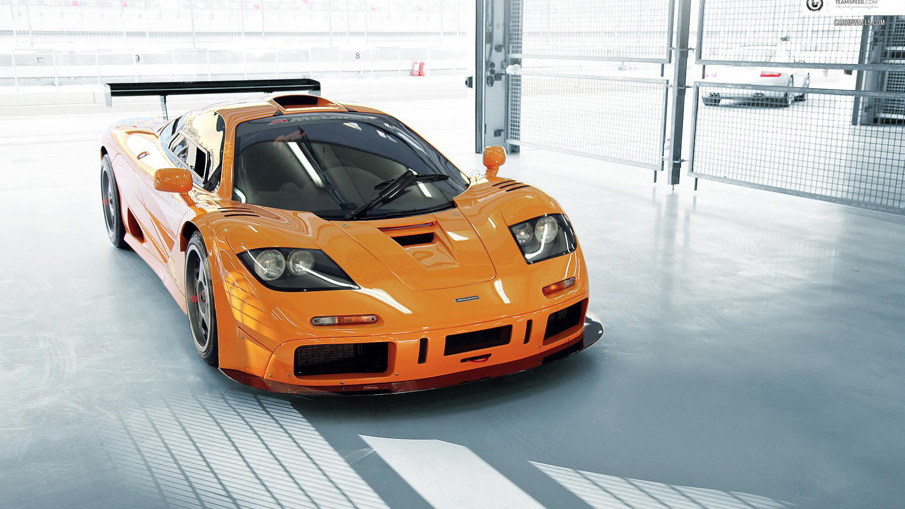
By the 1990s, the term 'supercar' had become synonymous to a high-performance vehicle with style to match and a price that made it just out of reach of the everyday enthusiast.
But in 1992, a British brand with Kiwi roots rewrote the rules of supercar design and performance with the legendary McLaren F1. To this day, the F1 remains an icon of engineering, renowned for its groundbreaking technology, exceptional performance and unique design philosophy.
Formula One DNA
The McLaren F1 was the brainchild of Gordon Murray, a brilliant automotive designer who had previously created successful Formula One race cars for the McLaren team.

Murray's vision was to build the ultimate road car, a vehicle that would combine the performance of a racecar with the comfort and practicality of a grand tourer.

The F1's design and engineering were revolutionary for its time, featuring a central driving position with a unique three-seat layout. McLaren positioned the driver centrally for optimal visibility and control, flanking them with two passenger seats slightly behind.

Notably, the F1 was one of the first production cars to utilise a carbon fibre monocoque chassis, providing exceptional strength and rigidity while keeping weight to a minimum.
Extensive use of lightweight materials, including aluminium, magnesium and titanium, contributed to the F1's low overall weight, further enhancing its performance.

Inside, the F1 focused on functionality and driver engagement, with rudimentary controls and a distinct lack of unnecessary gadgets. One notable feature was full air conditioning, which was a rarity in sports cars and supercars of the time.
Breathtaking performance
The McLaren F1 featured a naturally aspirated 6.1-litre V12 engine developed by BMW's M division. This engine produced a remarkable 461kW and 650Nm of torque, giving the F1 breathtaking performance capabilities. The F1 also had an engine bay lined with gold foil for heat reflection, improving overall cooling efficiency.

As for numbers, McLaren boasted a 0 to 100km/h acceleration time of a mere 3.2 seconds, a figure that remains impressive even by today's standards.

The F1 also held the record for the fastest production car in the world for several years, with a top speed of 386.4 km/h, achieved by a prototype version in 1998 with the rev limiter removed.
Enduring legacy
After over three decades, the McLaren F1's legacy is undeniable. The iconic supercar has set numerous world records, including one for the world's fastest naturally aspirated production car.

The F1 has also achieved considerable success in motorsport, with the GTR version famously winning the 24 Hours of Le Mans in 1995 despite battling against quicker prototypes and in wet track conditions.
Beyond motorsport, this supercar demonstrated better than others that a road car could achieve the performance of a racecar while maintaining a degree of practicality and comfort.

It also showcased the potential of new materials and technologies, such as carbon fibre and active aerodynamics, which have since become ubiquitous in high-performance cars.
The McLaren F1 is still a highly sought-after collector's car, with examples regularly fetching tens of millions of dollars at auction. Its distinctive design and innovative engineering continue to inspire automotive designers and enthusiasts worldwide.




























